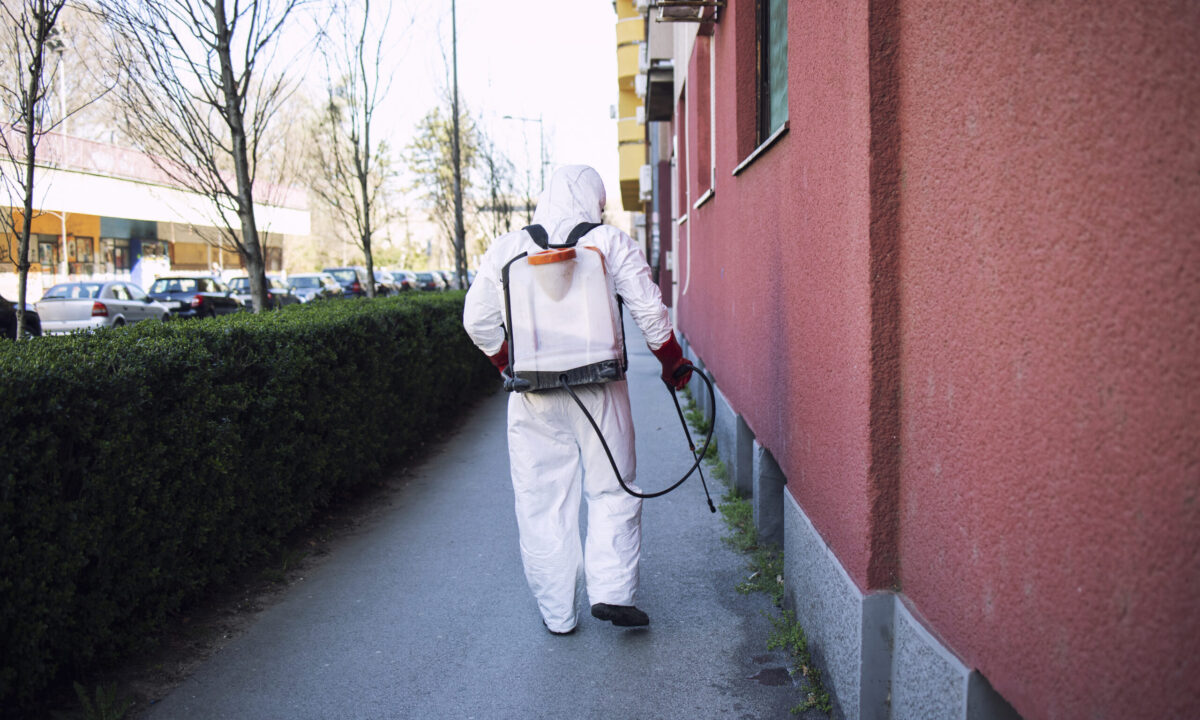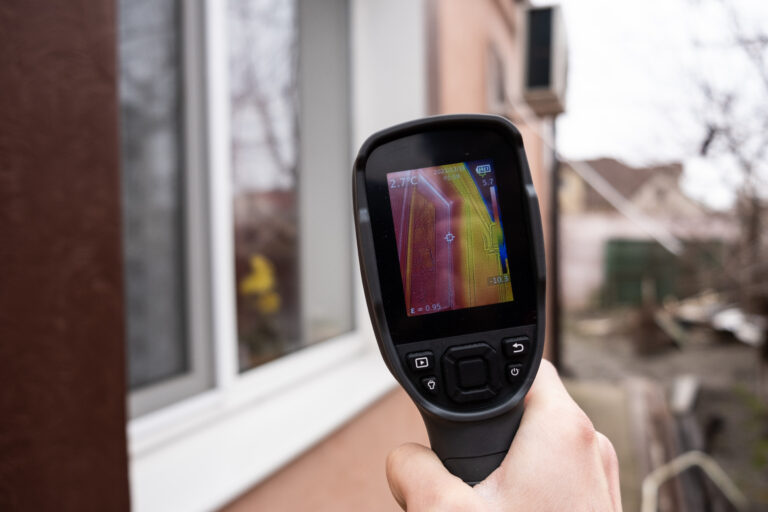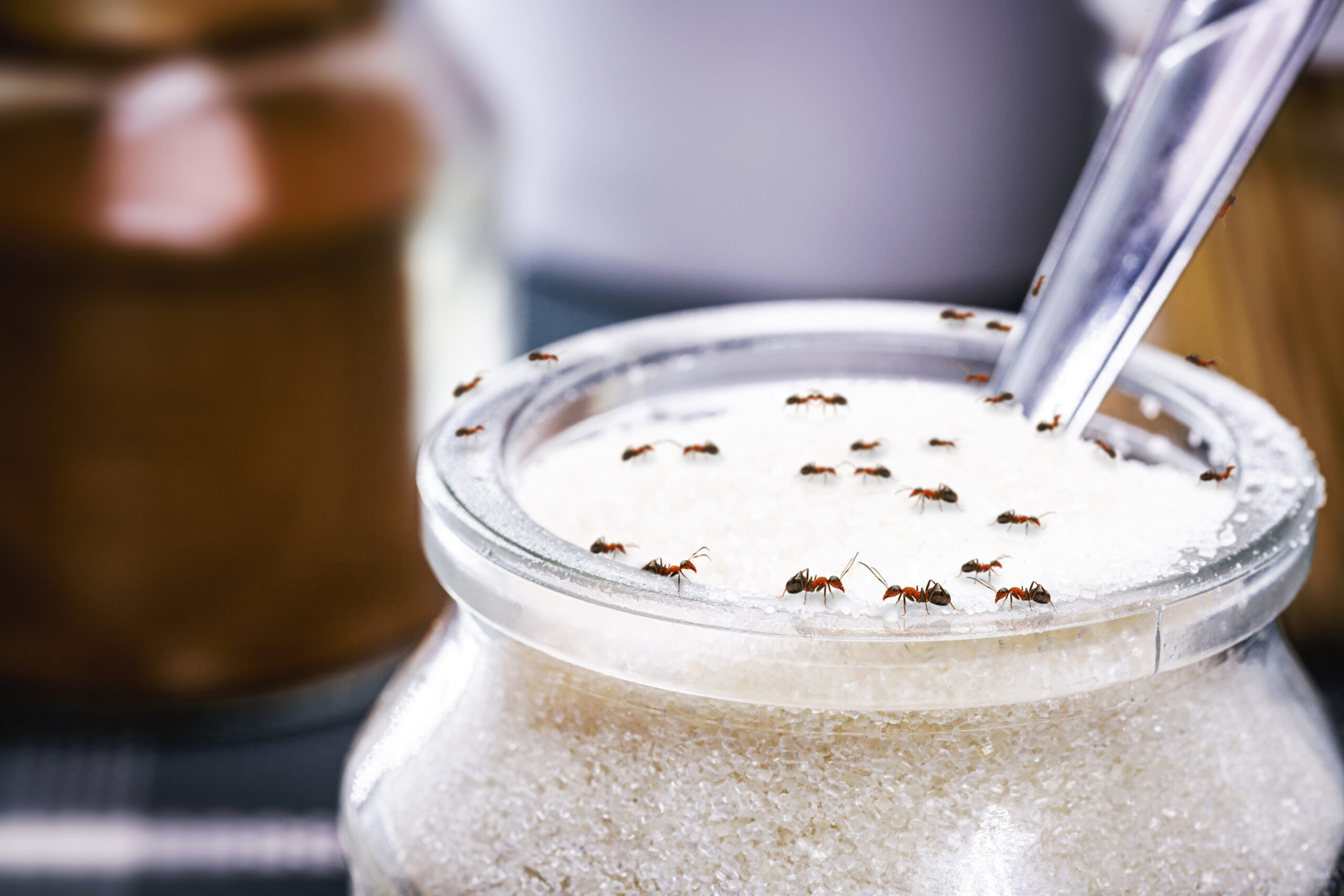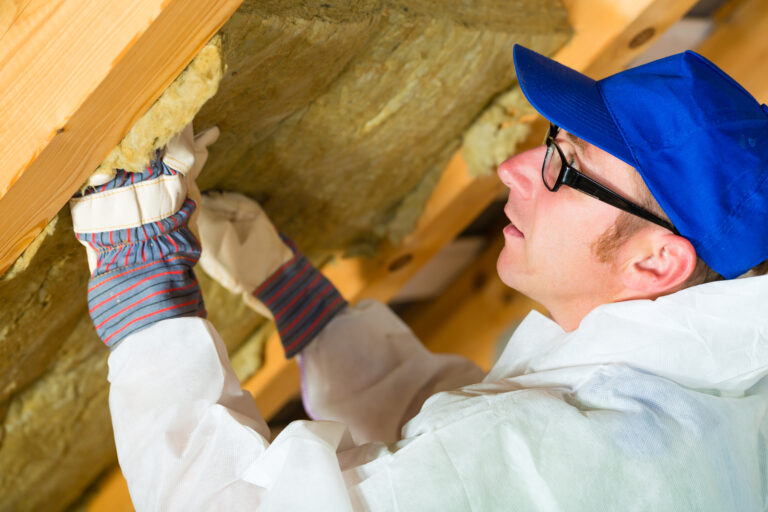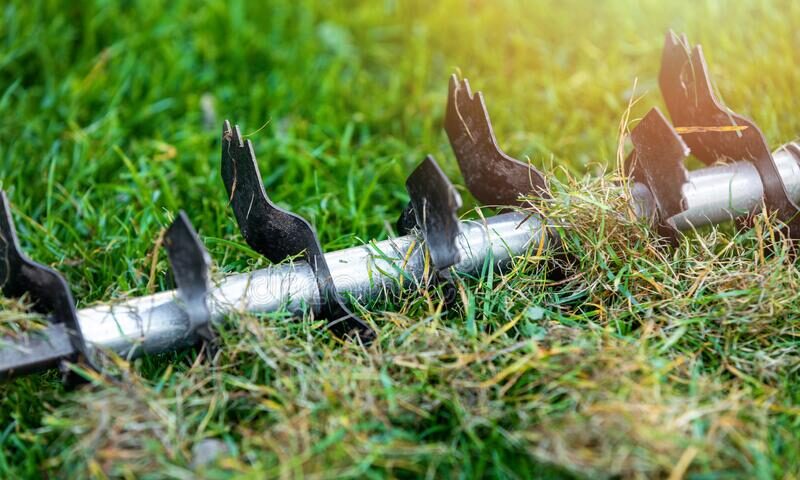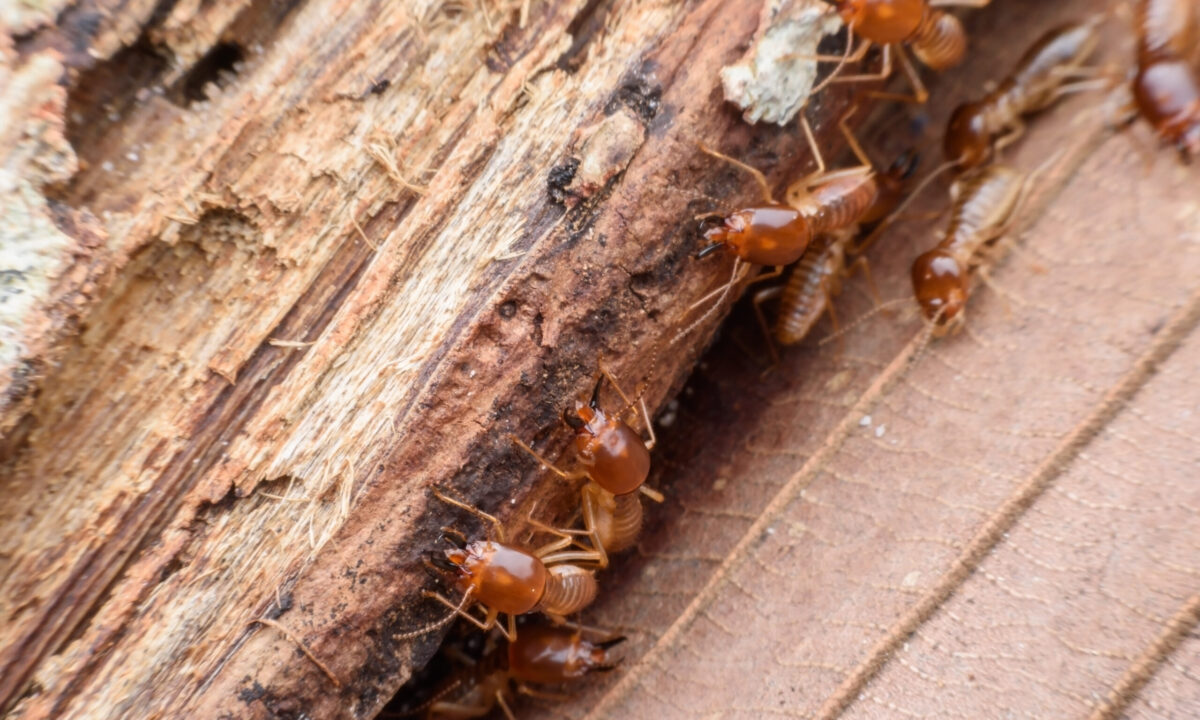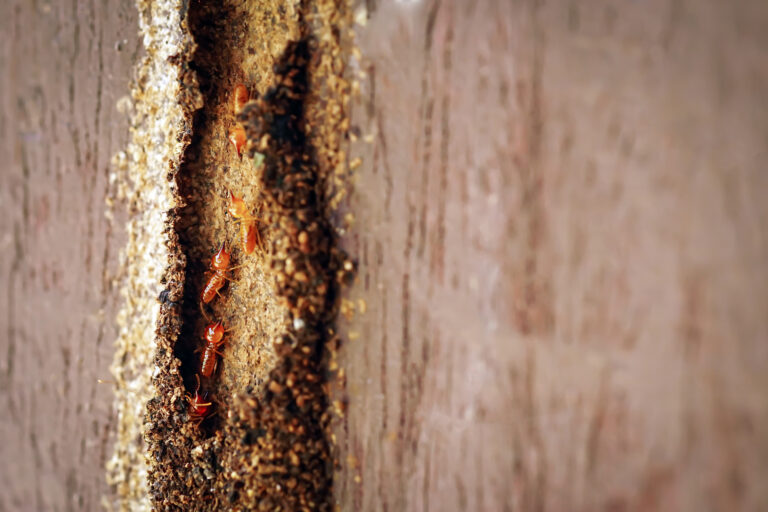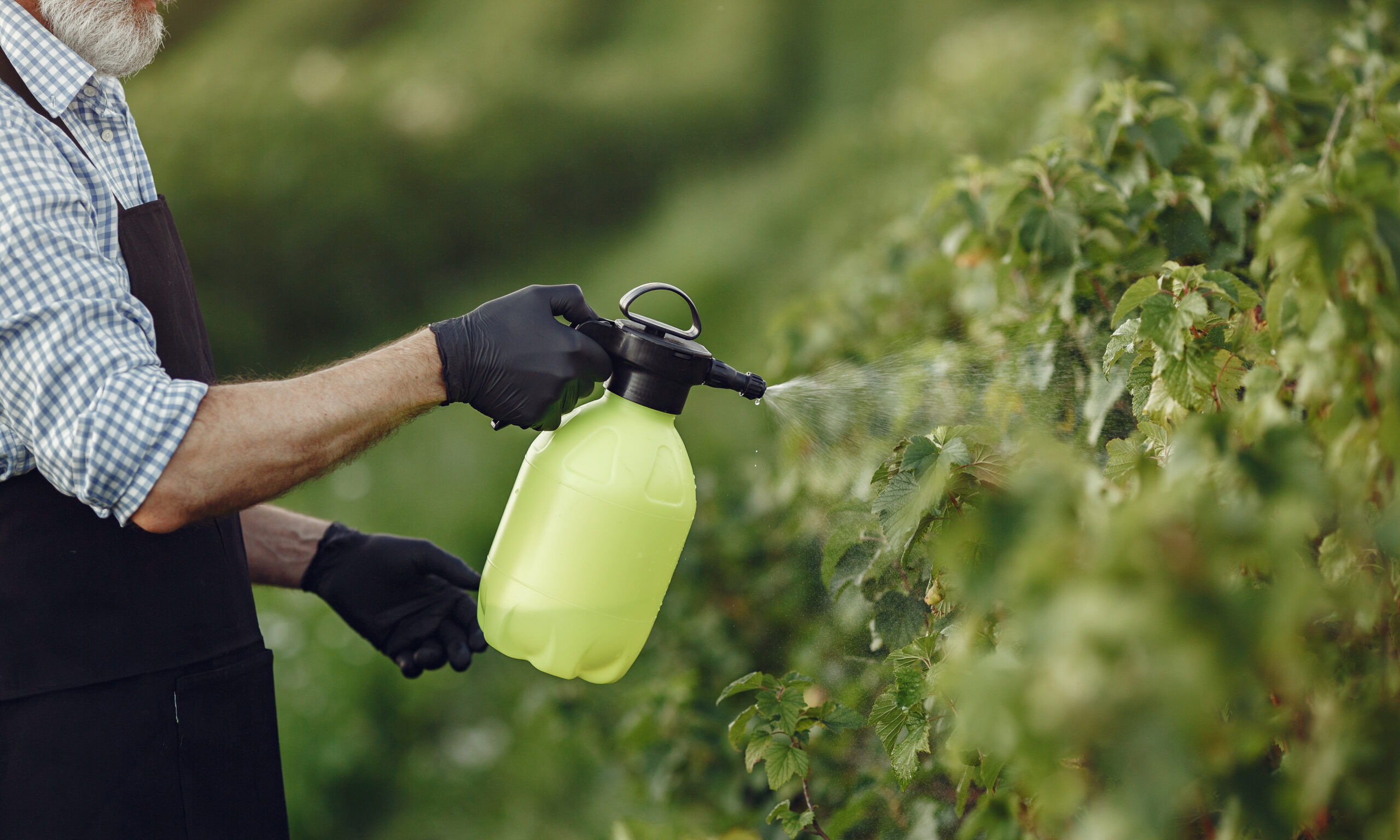How to Get Rid of Bugs in Your House Naturally
Alyssa DiCrasto
on
2023-04-19
How to Get Rid of Bugs in Your House Naturally
Having pests in your home can be uncomfortable. Whether you’re a fan of nature or not, some bugs can be too much to live alongside. Most homes have around 100 different types of bugs living in them every day and most of them you won’t even know about. However, some bugs can be unpleasant to have around. Whether your home is filled with ants, spiders, cockroaches, fleas, termites, bed bugs, mosquitoes, or flies, there are ways to get rid of them naturally. Many of the products you can buy to kill bugs in the home contain nasty chemicals. These can be harmful to both humans and pets, so it’s usually best to avoid these where possible.
Here are some natural ways on how to get rid of bugs:
Have a bug problem?
Enter your zip for local pest control services.
"*" indicates required fields

Fleas Hate Salt
If you’ve got fleas in the home, it can make you feel itchy at the thought of them. Seeing a flea on your cat or dog can cause panic, but there are easy ways to naturally get rid of fleas in your home. If you have found a flea on your pet, you may also find them in areas of the home. Throw salt on problem areas and leave it for a day or two, then vacuum it up and repeat.
Soap the Ants
Ants can quickly take over your home. They usually start in the kitchen as they are attracted to food, but they can take over other areas. You may have tried several things to get rid of ants in the past with no success. However, using dish soap is a good way to exterminate them quickly. Ants can damage the wood in your home and can also contaminate food, so it’s best to get rid of them ASAP. Mix dish soap in a spray bottle and spray the solution in areas you’ve seen ants.
Use Herbs Against Flies
Flies can be very annoying, they can also contaminate food. Having flies in your home is rather unpleasant and it can be difficult to get rid of them. One great natural way to keep them away is to use basil. Having basil plants in problem areas can be a good solution as flies hate the stuff. If you don’t want to put basil plants around, dried basil around entrances such as doors and window frames can also be effective.
Get Rid of Spiders With Lemons and Limes
Whether you’re afraid of spiders or you just don’t want them in your home, there’s an easy way to keep them away. Most spiders are harmless, but if you live in an area with poisonous spiders, then it’s best to get rid of them. Squeezing some lemon or lime juice into a spray bottle with some water can be a great way to keep the spiders away. Just spray it in areas where you’ve seen them in your home.

Use Baking Soda Against Bed Bugs
Bed bugs are very horrible to have in your home. They can also be very harmful and cover you in bites that can get infected. Many people try a variety of ways to get rid of bed bugs with little success. Instead of using chemicals against bed bugs, why not try baking soda? All you need to do is spread it over the bed and leave it to work its magic. Hoover the mattress every couple of days and repeat the process. The reason baking soda works is because it dries out the moisture in the bodies of the bed bugs, which kills them and prevents their breeding.
Kill Cockroaches With Oil and Syrup
Cockroaches can show up in even the cleanest of homes. If you’ve got them in yours, you’ll probably want to get rid of them fast. Before you reach for a chemical spray, however, why not try a natural solution. A chemical spray isn’t the best thing to use in your home, especially if you’ve got children or pets. Instead, try a natural trap. All you need to do is get an empty bottle and add some syrup to the bottom. Then, rub cooking oil around the top of the bottle. This will attract cockroaches and trap them in the bottle and simply kill them.
Use Garlic Against Mosquitos
Mosquitos are nasty, they spread diseases and they’re very unpleasant to have in your home. Fortunately, there is a natural way to get rid of them, with garlic. Garlic is poisonous to mosquitos and the smell of it also repels them. Crush some garlic and add it to water in a spray bottle. This solution will kill them if sprayed at them and will help prevent others from entering your home.
Orange Oil For Termites
Termites are pests that can cause damage to your home. They are often found in furniture or wooden furnishings and these are the things they can damage. To get rid of them quickly, use a rag to apply orange oil to the areas where you’ve seen them. If you are concerned they are deep inside the wood, then try injecting the oil in any cracks, or drill a small hole and inject it into the hole.
Call In a Professional
Sometimes, DIY pest control is unsuccessful.
If you have a particularly severe problem then it can be hard to tackle.
The best thing to do when these methods don’t work is call in a professional.
Find bug experts in Seattle, Washington
Enter your zip for local pest control services.
"*" indicates required fields
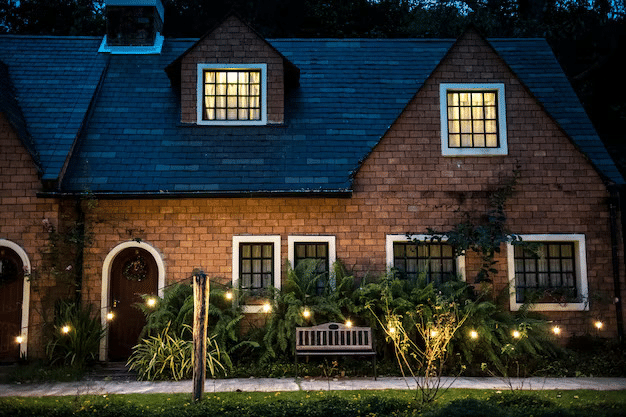
Is Termite Damage Covered by Home Insurance? What Homeowners Need to Know
Termites may be small, but they can cause big problems for homeowners. These sneaky insects munch away at the wood in our homes, causing damage

Can cockroaches cause property damage?
Can cockroaches really cause property damage? Learn the truth by exploring their habits, harm to structures, and contamination risks.

The Bed Bug Mystery: Finding Where They Really Come From
Learn how to prevent bed bug infestations and keep your home bed bug free! Become a bed bug detective with practical tips and insights.



